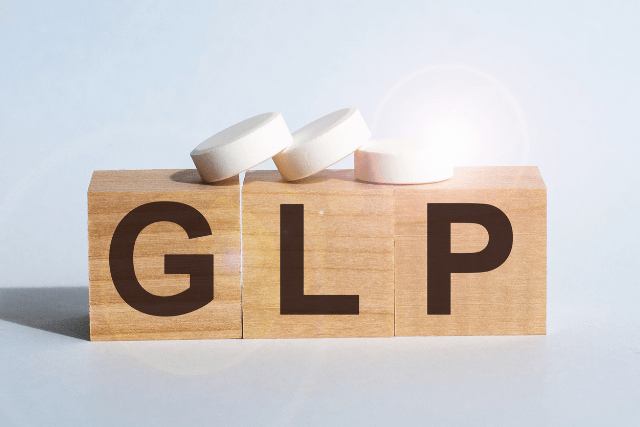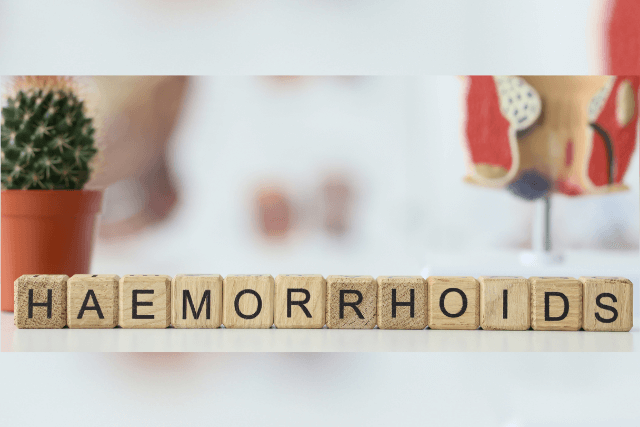Gallbladder removal is a common surgery that helps patients overcome painful and sometimes serious health issues. At IBI Healthcare, we offer laparoscopic gallbladder removal, a minimally invasive surgery with quicker recovery times. This article will guide you through what to expect before, during, and after gallbladder removal surgery. Whether you or a loved one is preparing for surgery, understanding the process can ease your concerns and prepare you for a smooth recovery.
What is Gallbladder Removal?
Before diving into what to expect, it’s important to understand what gallbladder removal involves. The gallbladder is a small, pear-shaped organ located under the liver. Its primary function is to store and concentrate bile, which helps digest fats.
When the gallbladder becomes diseased or affected by conditions such as gallstones or inflammation, removing it often becomes necessary. This surgical removal is medically called cholecystectomy.
Gallbladder removal helps alleviate symptoms such as intense abdominal pain, nausea, and digestive problems caused by gallbladder diseases.
Why You Might Need Gallbladder Removal
You might be recommended gallbladder removal for several reasons, including:
- Gallstones: Hardened deposits that form in the gallbladder and block bile flow, causing pain and infections.
- Cholecystitis: Inflammation of the gallbladder often caused by gallstones blocking bile ducts.
- Gallbladder polyps: Growths inside the gallbladder that might be benign or cancerous.
- Biliary dyskinesia: When the gallbladder doesn’t function properly, causing pain and digestive issues.
If these conditions affect your quality of life or pose risks of serious complications, your doctor may recommend gallbladder removal surgery.
Preparing for Gallbladder Removal Surgery
Proper preparation is key for a successful surgery and smooth recovery. Here’s what you can expect during the preparation phase.
Medical Evaluation and Consultation
Firstly, you will meet with your surgeon to discuss your symptoms, medical history, and any medications you take. You will undergo several diagnostic tests such as ultrasound or CT scans to assess your gallbladder’s condition.
During this consultation, it is essential to ask questions and express any concerns you may have. This dialogue helps your healthcare provider tailor the procedure to your needs.
Pre-Surgery Instructions
Your surgeon will provide you with clear preoperative instructions. Most importantly, you will likely be advised to fast for 6 to 8 hours before surgery. This fasting helps reduce the risk of complications during anesthesia.
You may also need to adjust or stop certain medications, especially blood thinners, to reduce the risk of bleeding during surgery.
Finally, arrange for someone to drive you home after surgery, since you will not be able to drive immediately following anesthesia.
Understanding the Laparoscopic Gallbladder Removal Procedure
At IBI Healthcare, we perform laparoscopic gallbladder removal, which is considered the gold standard for gallbladder surgery.
What is Laparoscopic Surgery?
Unlike traditional open surgery, laparoscopic surgery uses several small incisions instead of one large cut. Through these small cuts, the surgeon inserts a tiny camera (called a laparoscope) and specialized surgical tools.
This method allows the surgeon to remove the gallbladder while minimizing trauma to the surrounding tissues.
Steps of the Procedure
- Anesthesia: You will receive general anesthesia to ensure you are asleep and pain-free during the surgery.
- Incisions: The surgeon will make 3 to 4 small incisions in your abdomen.
- Insertion of Instruments: The laparoscope and other instruments are inserted through these incisions.
- Gallbladder Removal: Using the camera’s view, the surgeon carefully detaches the gallbladder from the liver and bile ducts and removes it through one of the incisions.
- Closing Incisions: The small incisions are closed with stitches or surgical glue.
Duration and Benefits
The laparoscopic procedure usually takes 1 to 2 hours. Compared to open surgery, it causes less pain, leaves smaller scars, and allows you to recover much faster.
What to Expect Immediately After Surgery
Once the surgery ends, you will be moved to the recovery room. The medical staff will monitor your vital signs and help you wake from anesthesia.
Pain and Discomfort
It’s normal to feel some pain at the incision sites and sometimes in the shoulder due to the gas used to inflate your abdomen during surgery. Your doctor will provide pain medication to keep you comfortable.
Hospital Stay
Most patients can go home the same day or after an overnight stay. However, some may require a longer hospital stay if complications occur.
Moving Around
Despite feeling tired, you will be encouraged to walk shortly after surgery to improve blood flow and reduce the risk of blood clots.
Diet and Nutrition After Gallbladder Removal
Your digestive system needs time to adjust to the absence of the gallbladder.
Initial Diet
Initially, you will follow a clear liquid diet, progressing to soft foods, and eventually returning to a regular diet over a few weeks.
Long-Term Dietary Advice
Since the gallbladder helps digest fats, your body may have difficulty processing fatty foods at first. You should aim for a low-fat diet rich in fruits, vegetables, lean proteins, and whole grains to ease digestion and prevent discomfort.
Gallbladder Removal Recovery Timeline
Recovery varies from person to person but generally follows this timeline:
Week 1
- You may feel tired and sore around the incision sites.
- Walking and light activities are encouraged.
- Avoid heavy lifting and strenuous exercise.
Weeks 2 to 4
- Most patients return to normal daily activities and work within 2 to 4 weeks.
- Incision sites continue to heal and discomfort subsides.
- You can gradually resume exercise as advised by your doctor.
After 1 Month
- Most patients feel fully recovered.
- You can resume all regular activities and diet unless otherwise instructed.
Potential Risks and Complications of Gallbladder Removal
Though gallbladder removal is generally safe, some risks exist, including:
- Infection: At the incision sites or internally.
- Bleeding: During or after surgery.
- Bile Leakage: Bile can leak from the bile ducts into the abdomen.
- Injury to nearby organs: Rare but serious injuries can occur to bile ducts, liver, or intestines.
- Blood Clots: Can develop after surgery, particularly if you are immobile for long periods.
Always monitor for signs such as fever, severe pain, jaundice, or swelling, and contact your healthcare provider immediately if you experience these symptoms.
Life After Gallbladder Removal: What Changes to Expect
Most patients live normal, healthy lives after gallbladder removal.
Long-Term Health
Without a gallbladder, bile flows directly from the liver into the small intestine. This change doesn’t usually cause serious problems, but staying hydrated and eating a balanced diet helps maintain digestive health.
Why Choose IBI Healthcare for Your Gallbladder Removal?
At IBI Healthcare, we specialize in laparoscopic gallbladder removal, offering you:
- Expert surgical care with advanced techniques
- Personalized patient support before, during, and after surgery
- Minimal discomfort and faster recovery
- Comprehensive follow-up and education to ensure successful healing
- Our goal is to make your surgical experience as smooth and positive as possible.
Conclusion
Gallbladder removal is a safe and effective solution for many gallbladder-related problems. At IBI Healthcare, we provide expert laparoscopic surgery, ensuring less pain and quicker recovery.
By understanding what to expect before, during, and after gallbladder removal, you can prepare yourself and support your recovery. Remember to follow your doctor’s advice carefully, attend follow-up visits, and maintain a healthy lifestyle to enjoy the best outcomes after surgery.
If you or someone you know needs gallbladder removal, contact IBI Healthcare to learn more about how we can help.



